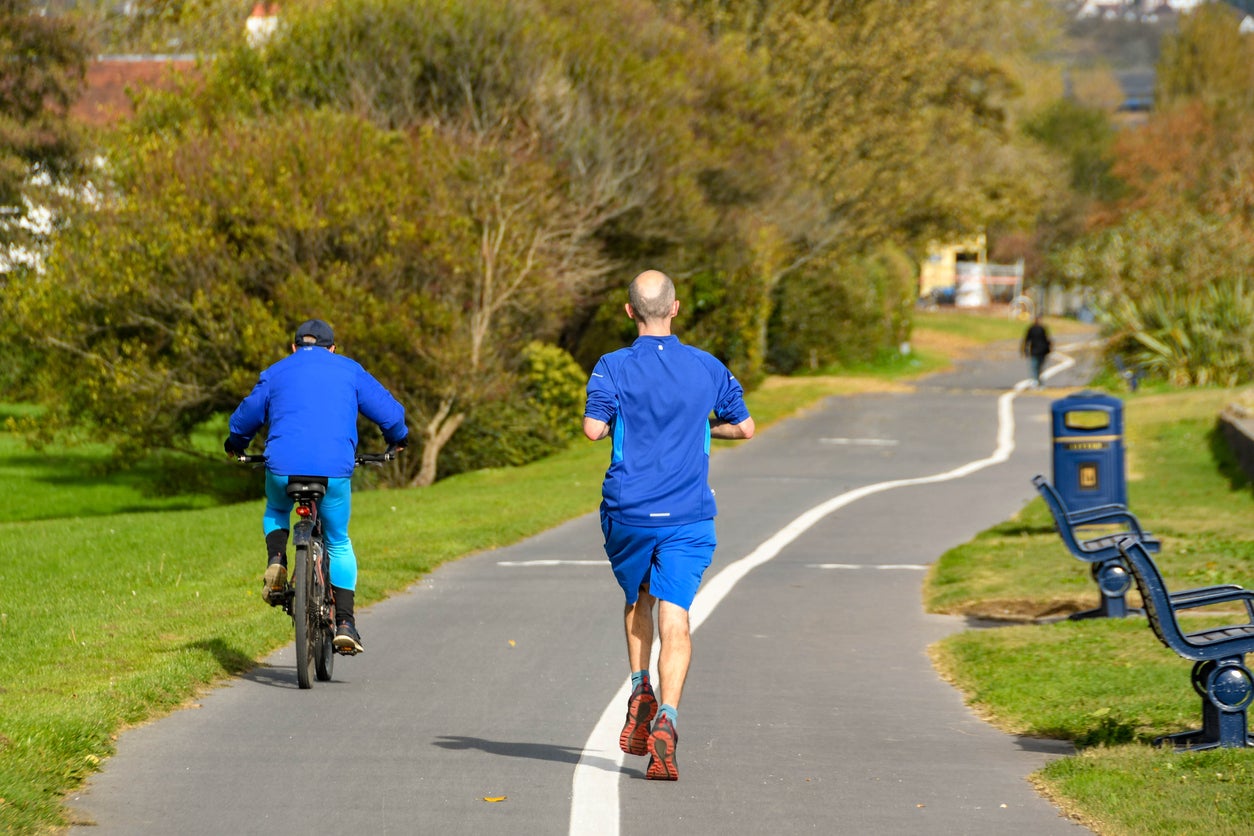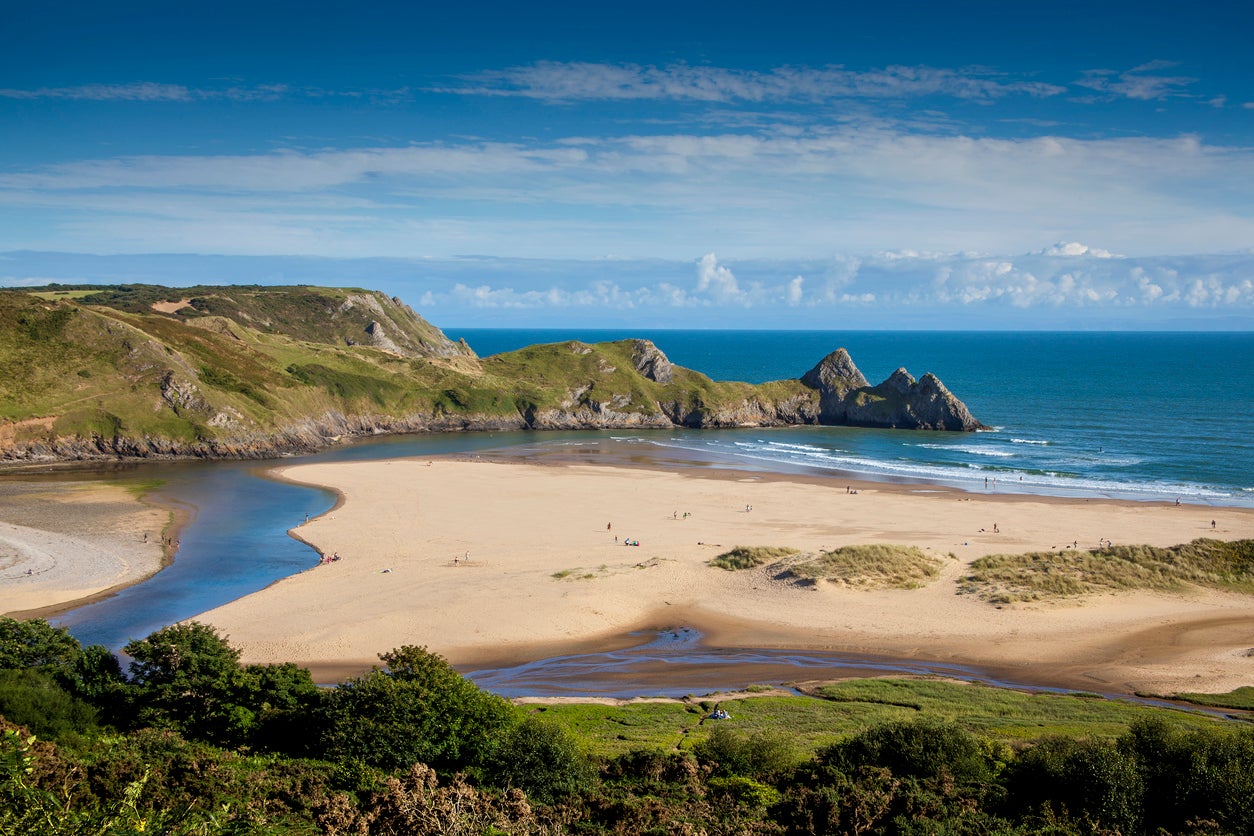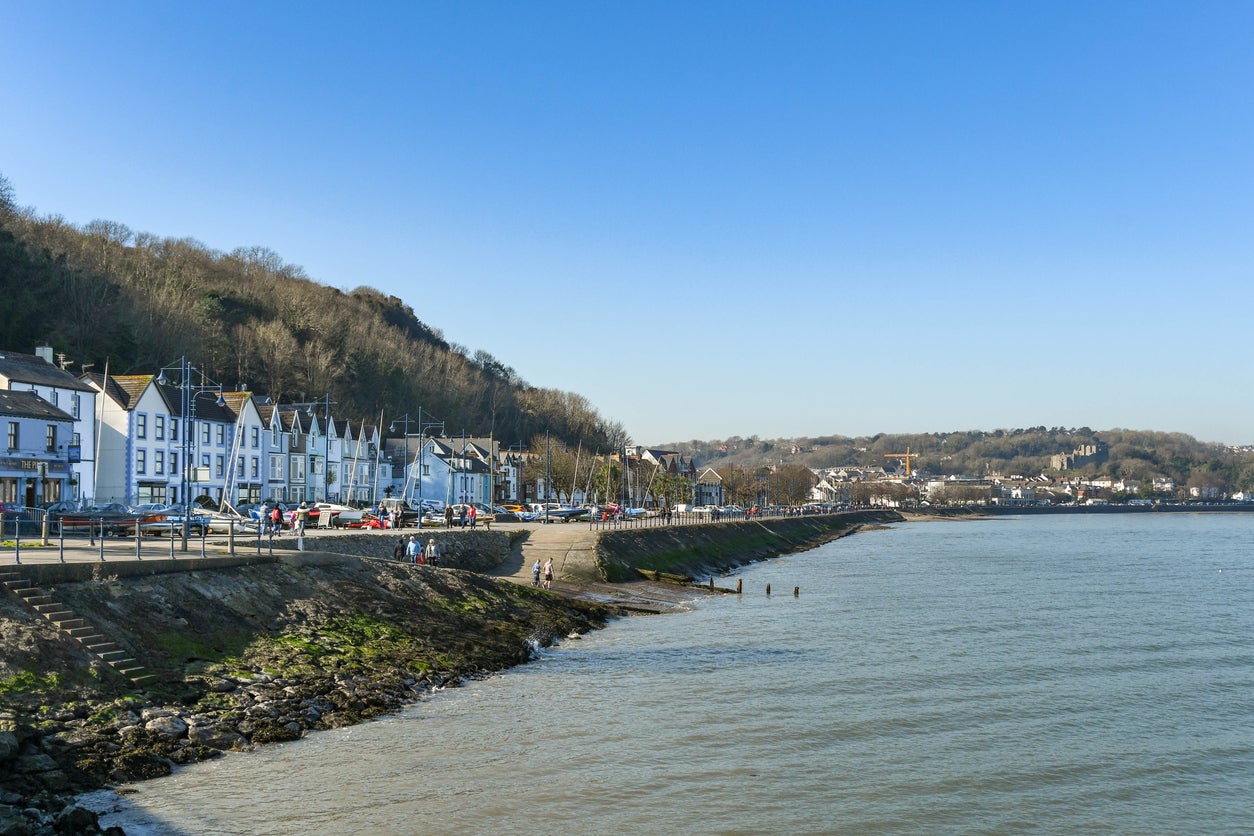The Independent's journalism is supported by our readers. When you purchase through links on our site, we may earn commission.
Welcome to my home town: Why Swansea is the UK’s ultimate beachside city
Wales’ second city by the sea still works its magic on former resident Lucy Shrimpton

Your support helps us to tell the story
From reproductive rights to climate change to Big Tech, The Independent is on the ground when the story is developing. Whether it's investigating the financials of Elon Musk's pro-Trump PAC or producing our latest documentary, 'The A Word', which shines a light on the American women fighting for reproductive rights, we know how important it is to parse out the facts from the messaging.
At such a critical moment in US history, we need reporters on the ground. Your donation allows us to keep sending journalists to speak to both sides of the story.
The Independent is trusted by Americans across the entire political spectrum. And unlike many other quality news outlets, we choose not to lock Americans out of our reporting and analysis with paywalls. We believe quality journalism should be available to everyone, paid for by those who can afford it.
Your support makes all the difference.During lockdown, many of us made the pilgrimage back to our family homes – and rediscovered them through fresh eyes. Part guide, part love letter, “Home towns” is a new series in which we celebrate where we’re from. After all, it could be a while before we can go anywhere else…
Our family already had a bit of Swansea heritage the day our removal van pulled up in January 1982. Brummie great-aunt Olive had fallen for Charlie – local lad and husband-to-be – in the war years. On arriving in town to meet the in-laws in February 1941, family lore has it that Charlie insisted she should see his beloved hometown the moment she arrived – and good thing he did, flattened as it was by German bombardment the next morning.
But it would take more than the Luftwaffe to scar the bay the city sat on. Through the eyes of this previously landlocked nine-year-old four decades on, sweeping Swansea Bay had a touch of California about it, especially if the left eye were to squint a bit in the Port Talbot steelworks direction (sorry, PT). Rollerskaters with walkmans glided the five-mile promenade, Mum became a lifeguard and shared a fitness class with Bonnie Tyler (kudos!), and you were no one – and I mean no one – if you didn’t own at least one surfy Alder jacket.

The sea – in one way or another – was everything to everyone in Swansea. On my walk home from school, I knew exactly where a gap in the bush yielded both a glimpse of Mumbles’ lighthouse and a fluttery feeling of escapism, wishing away school days for a Joe’s ice cream, cone of cockles, or a burger in a booth at CJ’s. Later, we splashed out on a caravan for frequent flits to the Gower Peninsula’s flagship beaches Three Cliffs Bay and Port Eynon. Leave school at 3.30pm, in the sea by 4.30pm. Tidy.
Though the innocence of cockles and caravans inevitably gave way to first snogs at Cinderella’s nightclub on Mumbles’ pier (hi Malc, wink) – or Neptune’s on Bracelet Bay for a marginally better class of Dirty Dancer – the hook of the sea had anchored, for good.
The city itself was, in reality, no LA, a vision of concrete having risen from the ashes of said Blitz, and little done about the derelict docklands that had once been the epicentre of a thriving copper and coal export industry. The social mood was on the dispirited side too, in mass empathy for the miners’ strike raging not so far up valley.
Anyone who’s lived within whiffing distance of the sea and moved away will tell you, that anchor chain will always pull you back
Still, there was hope and sparkle in a number of facelifts: two shiny new shopping centres (the Quadrant and the St David’s Centre), an exciting new seafront leisure centre complete with stupendous wave machine and, most significantly, a vast marina development fleshed out by swanky new housing and a Beefeater, then the very height of sophistication in suburban circles. A chance for the city to shake off Dylan Thomas’s “lovely, ugly town” affirmation at last? Not so. Audible weeping emanated from the tourist office the day dark comedy Twin Town was released in the 1990s, its most quoted quote being “pretty sh*tty city”.
Though that removal van rolled out again all too soon, I still make a yearly pilgrimage to Swansea Bay, force feeding its best bits (and “a Joe’s”) to my own children when we’re en route to camp in the glorious Gower. And each time I do so, there’s seemingly a new cultural appendage: the leisure centre, our go-to if ever we need to escape the confines of a wet tent, rebranded to the “LC” and added a lengthy tube slide and indoor surfing; the university spawned a brand spanking new sister campus (to which I’ll be laying a trail of rose petals for my kids’ further education); and the marina became known as the Maritime Quarter with an impressive new fixture in the shape of the epic National Waterfront Museum. Man, even the Swans made good, entering the Premier League in 2011, for the first time in eons. Joyo, Boyo!

Swansea never did lose sight of post-war regeneration, and the next cultural chapter, I understand, is the addition of a beachside arena, coastal park and feature bridge linking the city centre to the beach, in tandem with a second development upriver transforming the old copperworks’ derelict powerhouse into Penderyn whisky’s new distillery and visitor centre. I’m guessing that with current trends leaning towards the edgy, the relatable, car-free destinations and second cities, Swansea will hold its own – playing second fiddle to Cardiff, maybe, but catching the eye of the conductor a little more often.
And anyone who’s lived within whiffing distance of the sea and moved away will tell you, that anchor chain will always pull you back. So, if ever you get the chance to live a chapter of your story by the coast, maybe take it? Do an Aunty Olive and Uncle Charlie: seize the day.
Go exploring
Take a lengthy walk around the basin and beyond in Swansea’s Maritime Quarter, taking your pick of the Dylan Thomas Centre, the Georgian terraces on Cambrian Place, cake from Coast Café, and the National Waterfront Museum – covering 300 years of Welsh industrial heritage in a tangible and contemporary way. Cross into the city centre (from later this year you can do so on the swanky new bridge, assuming normal life resumes) and head to the edgy and indie arts vibe on High Street, the ruins of Swansea Castle, and the city’s splendid indoor market to buy laverbread, cockles and Hafod cheese for a Welsh tapas soirée when you get home. Eat at Morgan’s or Zinco Lounge, then sleep at Premier Inn Swansea Waterfront, the best Prem I know. For a quirkier night’s sleep, there’s Dylan Thomas’s birthplace in the Uplands district, a shrine that’s also a museum by day.

Genteel appeal
Pick up a Santander city bike in Swansea’s Maritime Quarter and take the five-mile cycle path hugging Swansea Bay, then park it up in Mumbles, the Swansea seaside suburb that frequently makes the grade in The Times’ Best Places to Live list. Make sure you cover the basic L shape – from the Victorian pier, along the Mumbles mile, then up Newton Road – where you’ll find some interesting independent boutiques and galleries as well as the imposing 12th-century Oystermouth Castle. You can swim at smart and beach-hutty Langland Bay another mile and a half further on. Eat in Mumbles at hip and elegant Môr or plant-based Boo’s Kitchen or – for a walk with a fork – there’s Gower Seafood Hut on the prom, to be rounded off with Joe’s ice cream. Sleep at boutique B&B Langland Cove Guesthouse on Langland Bay.

Go west
Gower, the peninsula west of Swansea Bay, was named the UK’s first area of outstanding beauty back in 1956 and, with no massive developments, it remains as unspoilt as it was decades ago. You’ll know from every glossy calendar that’s ever been printed that Three Cliffs Bay and Rhossili (Worms Head) offer the very best beach vistas, but the nimble-bodied can also go off-piste on the hunt for the Blue Pool (nature’s own paddling pool in the rocks near Broughton), Culver Hole (a mysterious walled cave near Port Eynon – no doubt the doing of plucky smugglers) and the secluded beach at Mewslade. Daytime eats can be found at Bay Bistro in Rhossili, evening ones at Michelin-starred Beach House on Oxwich Bay, and sleeps at the Oxwich Bay Hotel’s Secret Garden pods.
Join our commenting forum
Join thought-provoking conversations, follow other Independent readers and see their replies
Comments